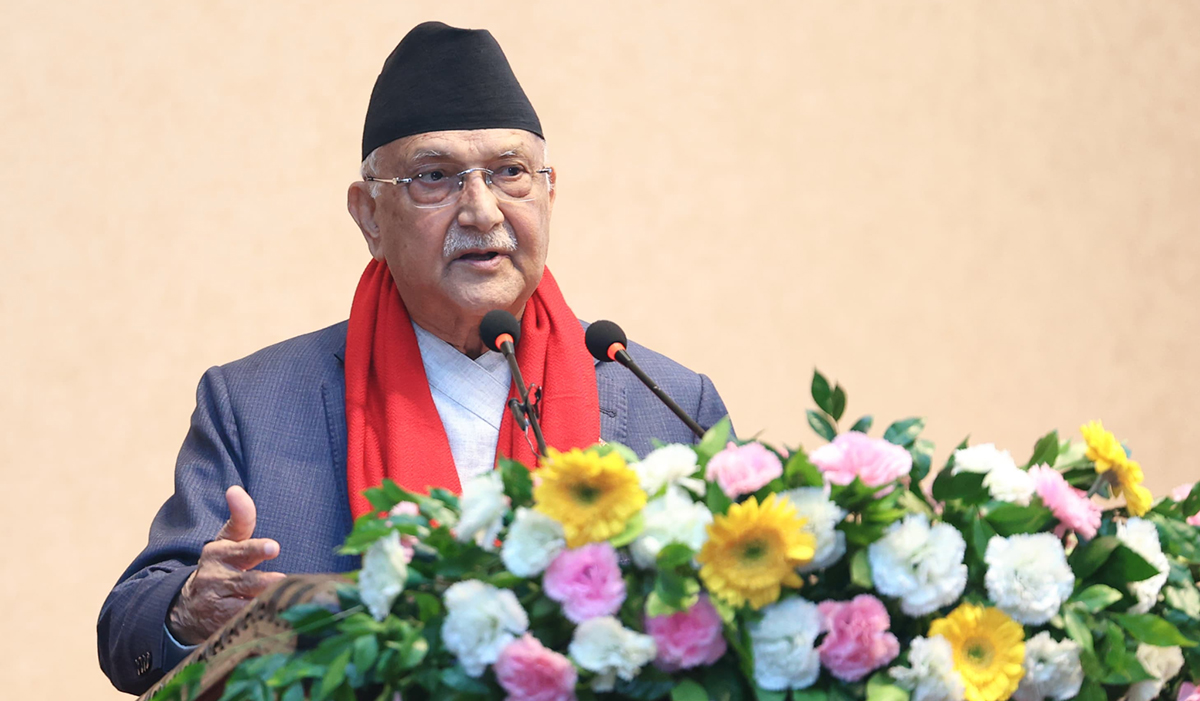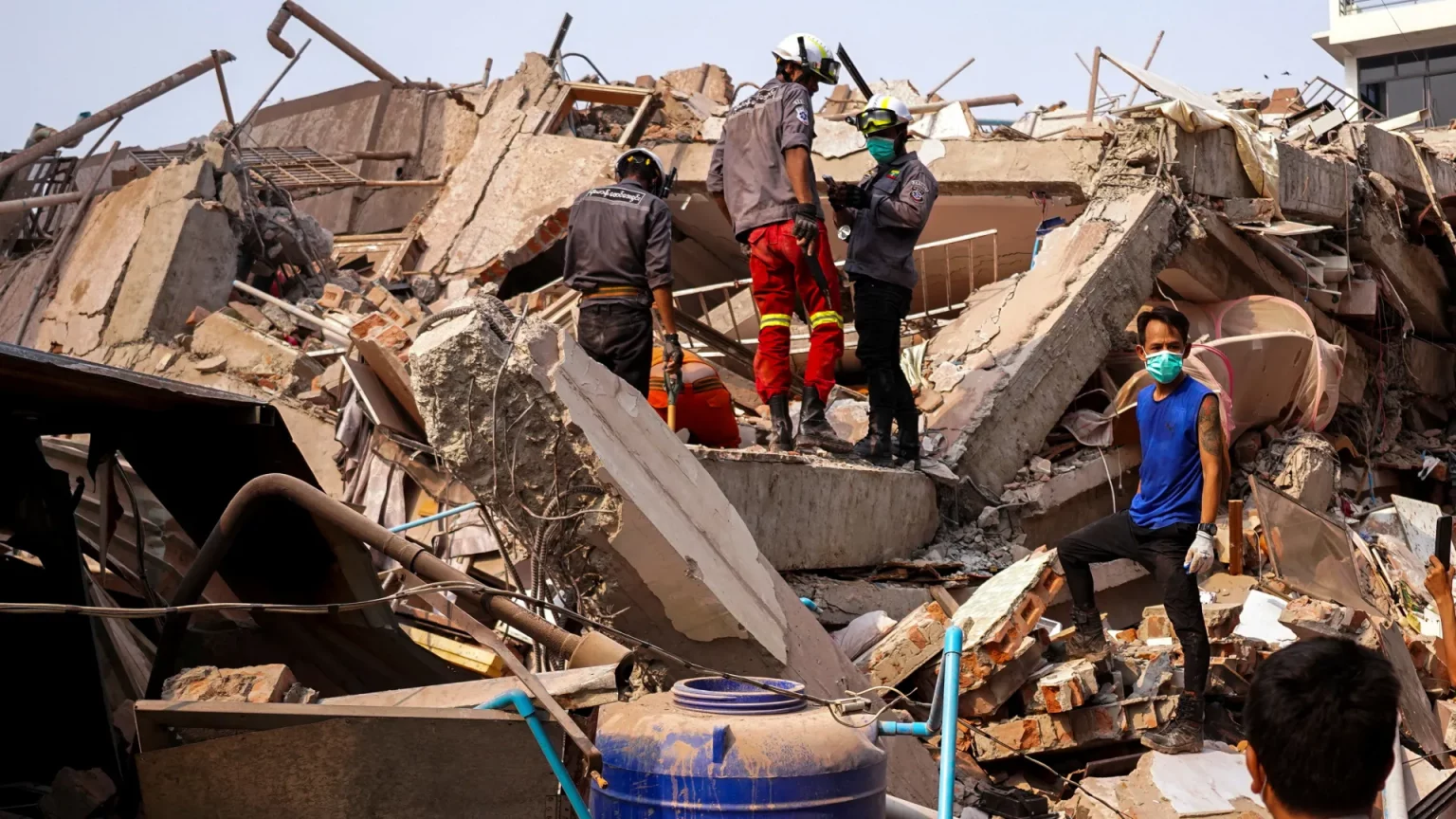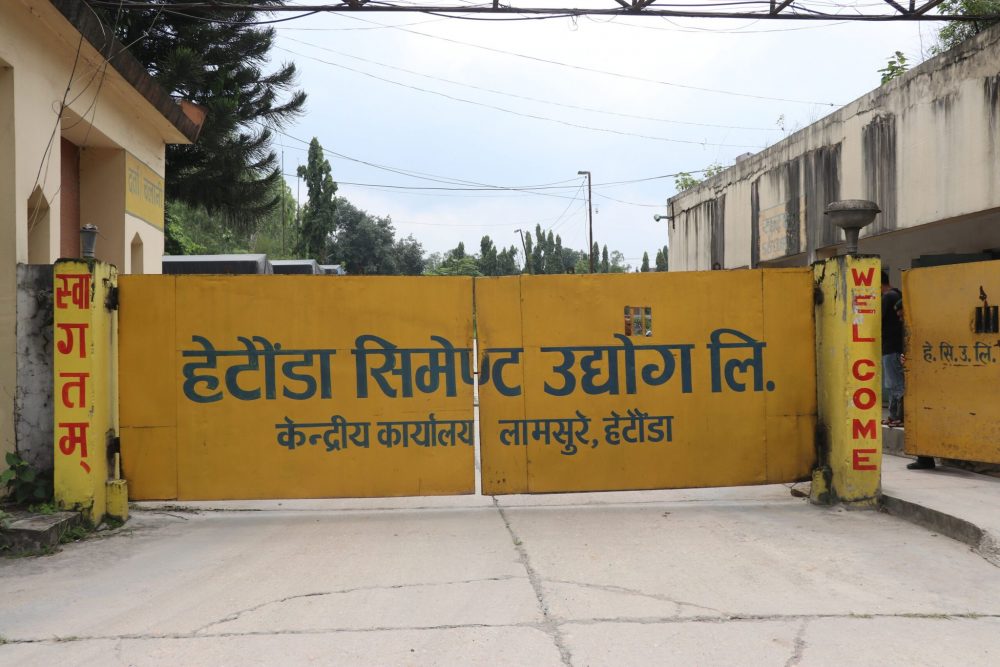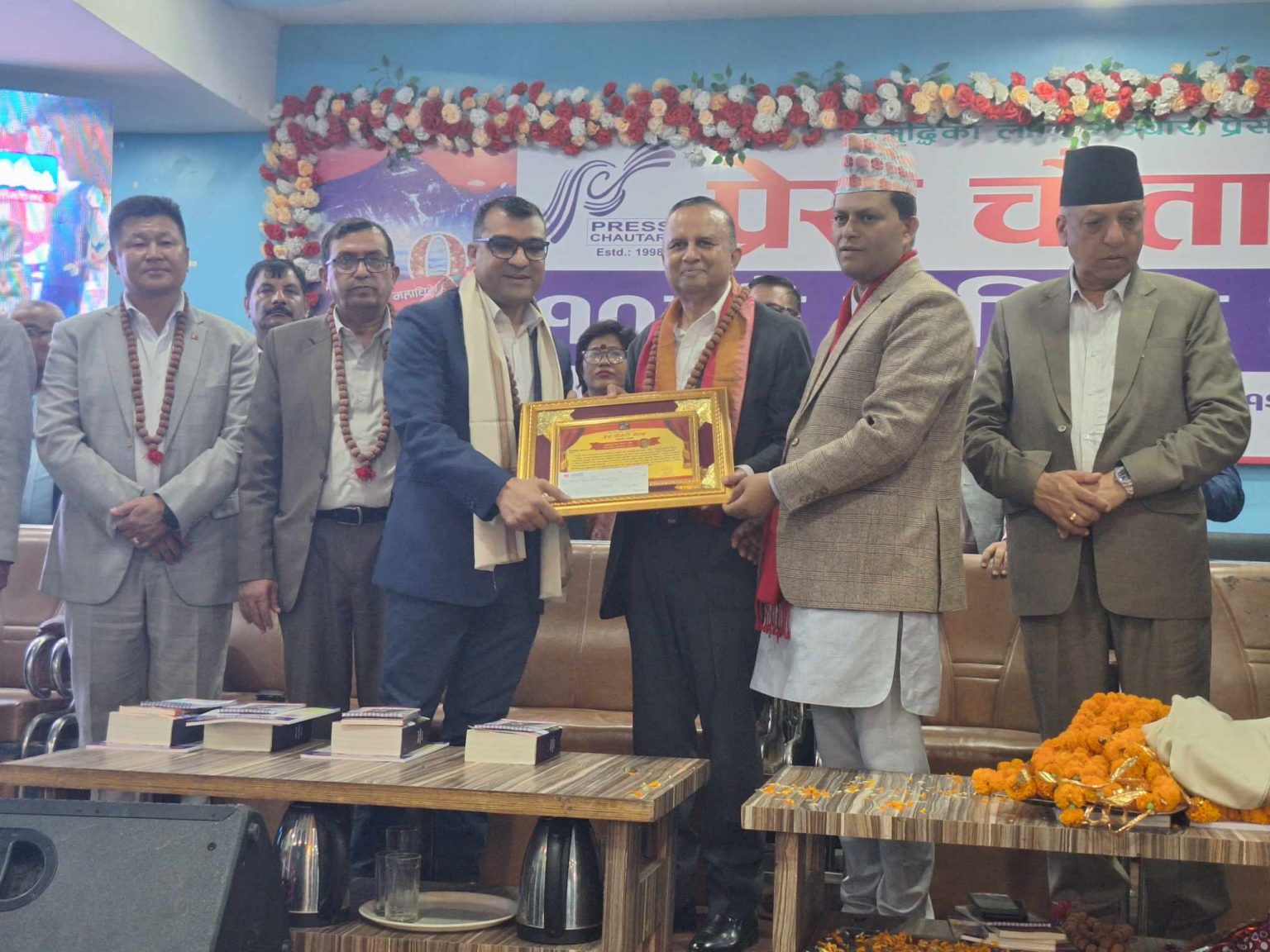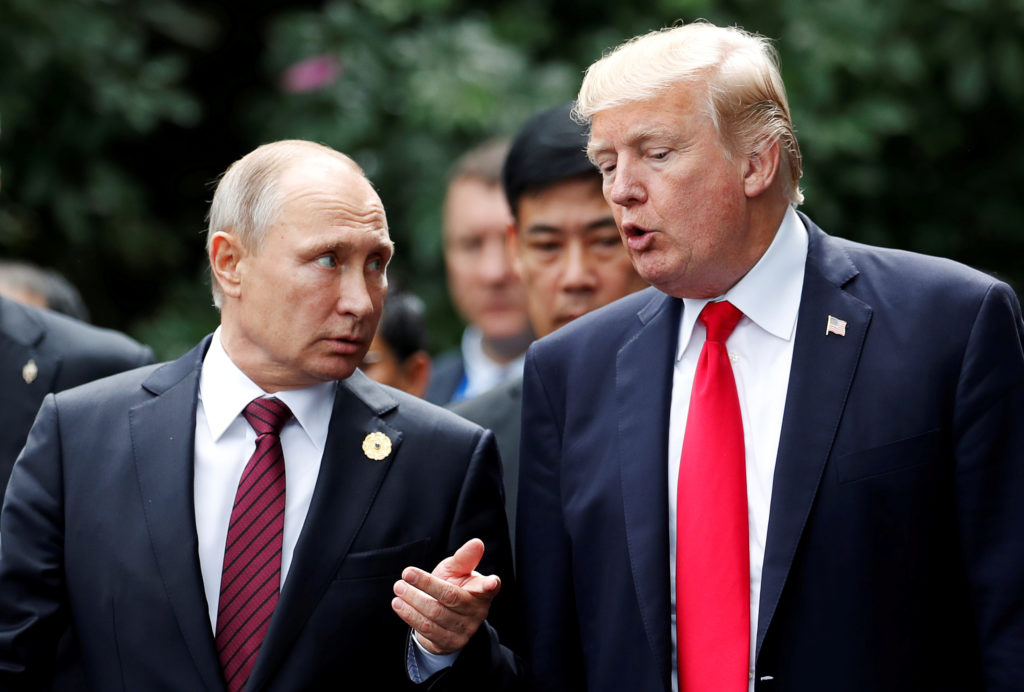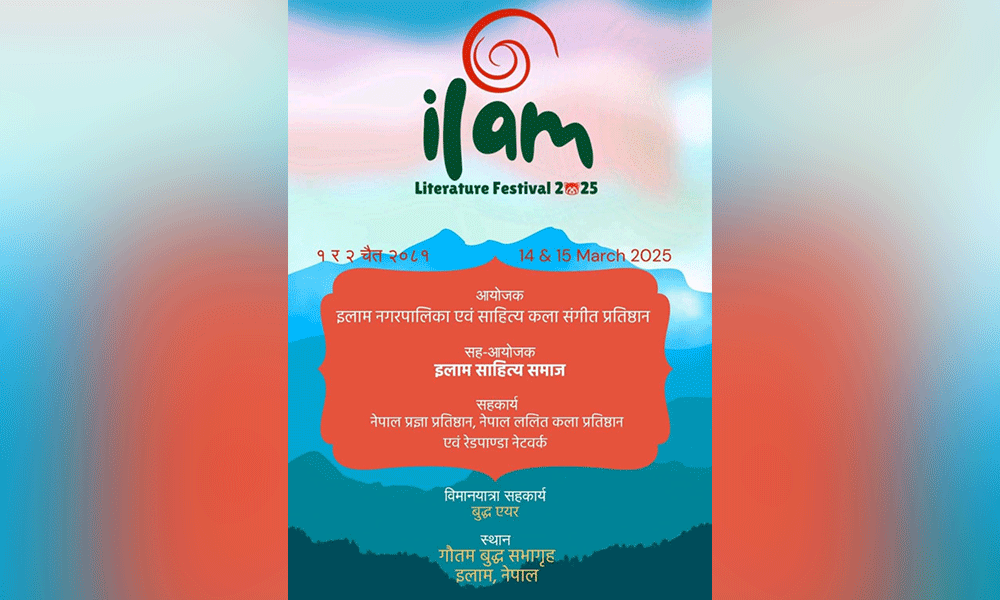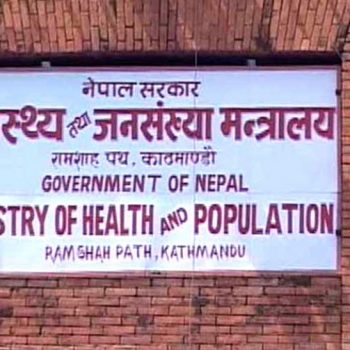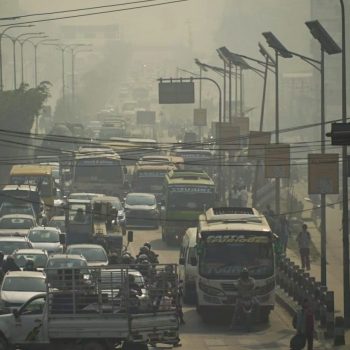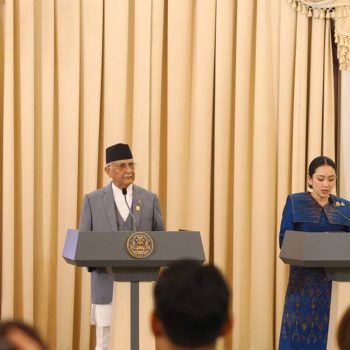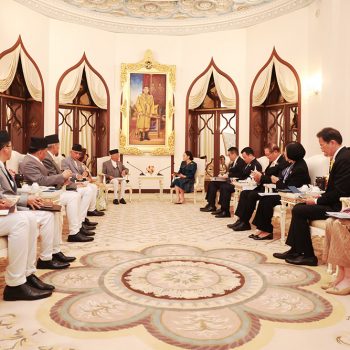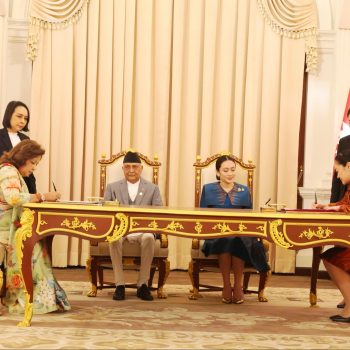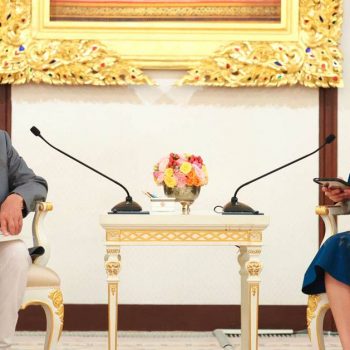China rushes to vaccinate 50 million as New Year holiday looms
 NepalPress
NepalPress
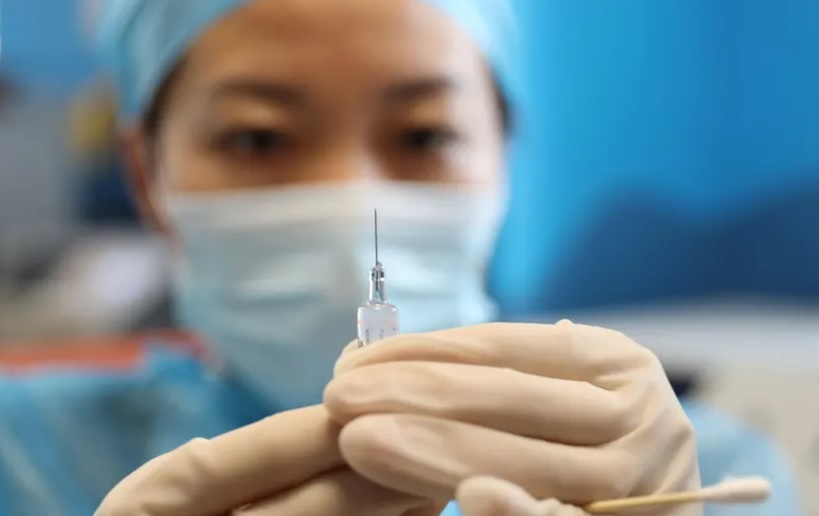
The Guardian has reported extensively on the vaccination drive from China, giving an in-depth perspective including the acceptability of the vaccine among the youth.
It mentions that at a Shenzhen hospital, 21-year-old airport worker Wang Shuyue lined up to receive her second shot.
“I feel it’s safe because so many people around the country have taken the vaccine so there shouldn’t be any major problems,” she reportedly said.
“I think it should be effective otherwise there wouldn’t be so many people taking it.”
Wang is one of 50 million people that China aims to vaccinate against Covid-19 in just a matter of weeks in one of the most ambitious vaccination drives on earth.
Battling its worst outbreak in 10 months, the nation is pushing ahead with its aim to vaccinate about 3.5% of the population before the start of the lunar new year holiday on 11 February, when hundreds of millions of people crisscross the country to visit family and celebrate. Compared to that India is ambitiously targetting 300 million or almost 20 per cent of its population in the first drive commencing now. But no comparisons can be made until both drives are finally executed.
China has committed to using its own vaccines to inoculate its people, and to share them with the rest of the world, particularly developing nations. The drive seeks to bolster – or repair – China’s reputation on the global stage after accusations of cover-up and early missteps in supplying protective equipment. There are logistical advantages to China’s offerings, but with major transparency concerns around late-stage clinical data and some contradictory reports, health experts have urged caution.
First announced in December, the vaccination drive involves more than 25,300 sites across a reported 75 cities and rural villages, delivering vaccines in two doses about 21 days apart, free.
Local Chinese media reports suggest clinics have received either the emergency-approved Sinovac vaccine (for key workers) or the conditionally approved Sinopharm vaccine (for the wider population).
The reported scope and speed of the program has outpaced others, including the US’s Operation Warp Speed and the rollout in Britain.
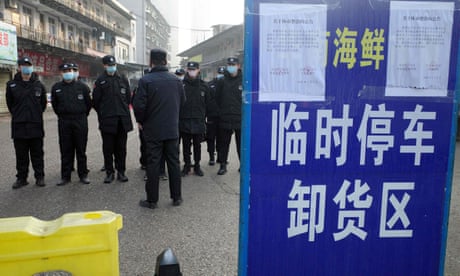
Logistical advantages – and setbacks
Calvin Ho, an associate professor of law at Hong Kong university focusing on bioethics, said the 3.5% drive wasn’t expected to produce herd immunity – health authorities have said their eventual aim is for about 60-70% vaccination coverage – but it will give some protection as people gather for the new year.
There were logistical advantages to China’s rollout compared with those of other nations, said Ho. The locally made vaccines don’t require freezing, making transportation and storage far simpler than the Moderna and Pfizer vaccines being used in countries such as the US and UK. China also has the ability to scale up production at a moment’s notice.
The vaccine drive began well before the current Hebei outbreak. Some experts have questioned the need to rush vaccinations, given major concerns over transparency and the vaccine’s efficacy.
The main two Chinese vaccines were produced using a historically successful and less risky method of using an inactive virus to trigger an immune response, but the producers and authorities have been accused of lacking transparency, releasing no phase 3 trial data from the international clinical trials.
On Tuesday, Brazilian researchers revealed the Sinovac vaccine was far less effective than previously stated. The 50.38% overall efficacy pushes the vaccine just over the 50% World Health Organisation benchmark for approval, but falls below the 78% announced last week and well below the efficacy rates of the Moderna and Pfizer vaccines. The findings are likely to raise concerns in the 10 or so countries that have already ordered or received hundreds of millions of doses.


